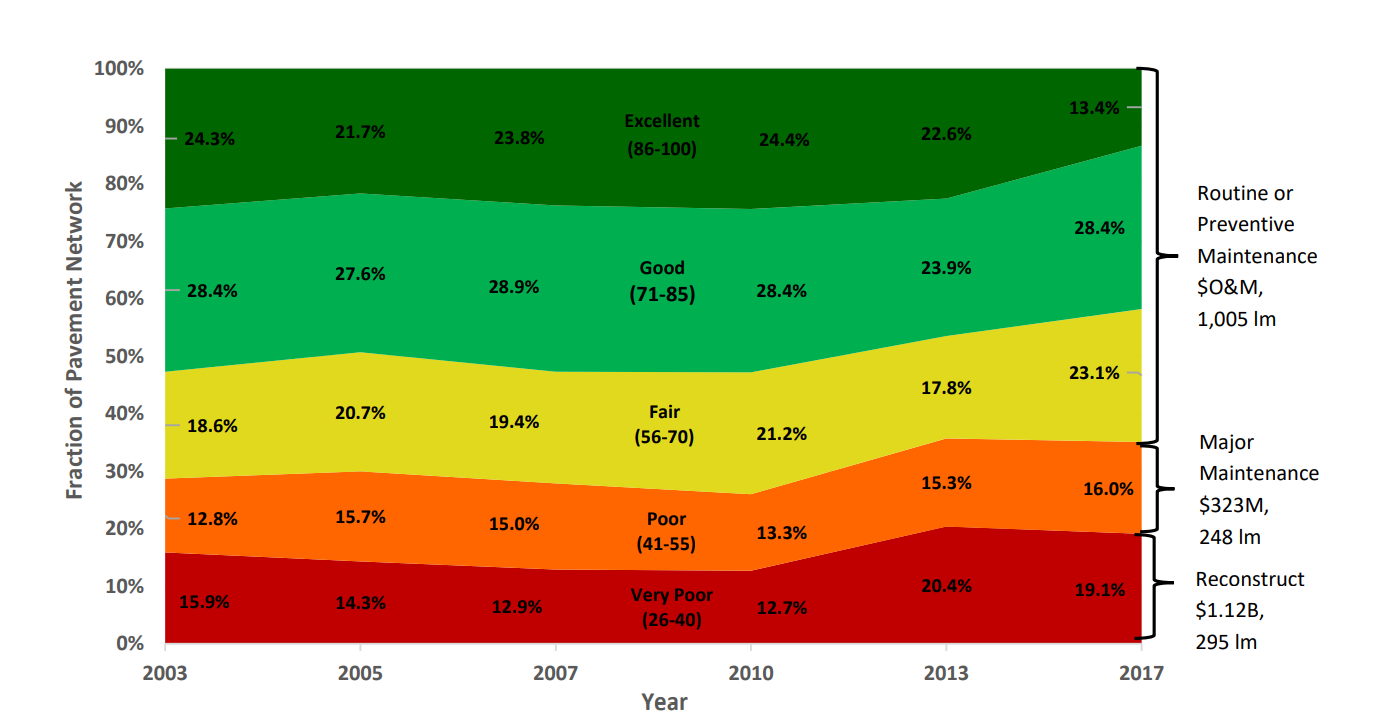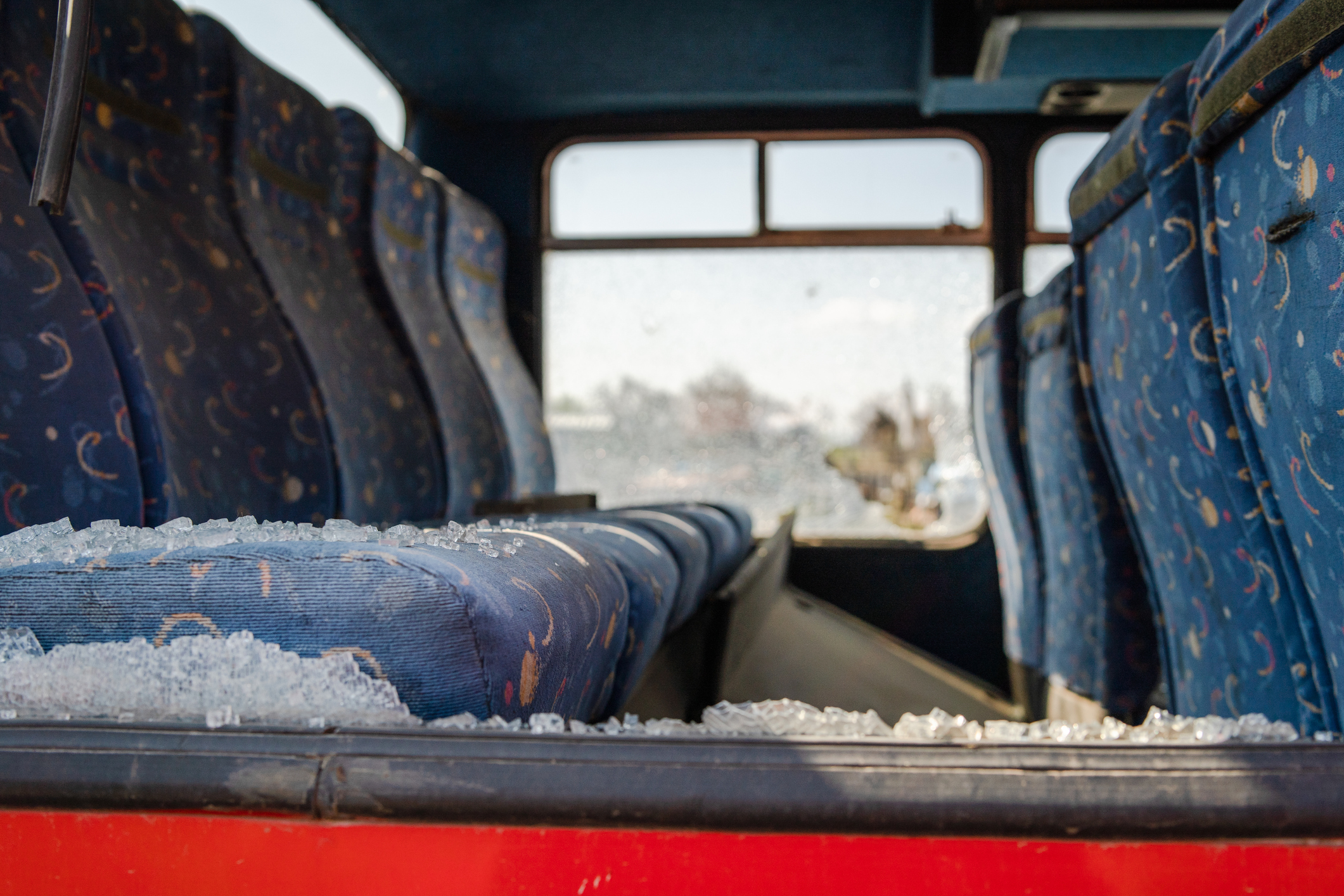This week the Seattle City Council is holding the first of two hearings on the mayor’s proposed transportation levy. As proposed the levy would raise $1.45 billion in property taxes over eight years. https://www.seattle.gov/transportation/about-us/funding/levy-to-move-seattle. If approved by the City Council the levy will be presented to voters on the November ballot.
The revenue would go toward a wide range of transportation projects and programs, including $114 million for the city’s bike network, $66 million “to activate public spaces and improve lighting”, and $59 million “to make direct investments in addressing climate change”. Less than a third of the funds, $423 million, would be used for street maintenance and preservation. That may sound like a lot of money, but the Seattle Department of Transportation’s 2020 Asset Status and Condition Report shows that a much higher level of funding is needed to bring the city’s streets up to a state of good repair. Part of the reason is that past transportation levies underfunded street maintenance and preservation, which has allowed pavement condition to deteriorate. The 2020 SDOT report reveals that more than 35% of the city’s arterials are in “poor” or “very poor” condition.
The new levy proposes to repave 509 miles of city streets, but the city has more than 3,900 lane miles of street, so repaving just 509 miles over eight years means less than two percent of the city’s streets would be repaved each year. At that rate it will take more than fifty years to repave all the city’s streets, during which time pavement condition will continue to deteriorate. The levy information on the city’s website fails to mention that Seattle residents should expect pavement conditions to be worse at the end of the eight-year levy than today. Think that couldn’t happen? The graph below, copied from the SDOT 2020 report, shows the condition of the city’s arterials actually worsened from 2010 through 2017. The transportation levy in effect during that time didn’t prevent further deterioration because too much of the revenue was spent on various feel-good projects rather than focusing resources on maintaining the city’s essential transportation infrastructure.

As recently as 2019 less than 10% of SDOT’s total budget was spent on arterial repaving. At that time Seattle’s transportation budget spent a similar amount on streetcars and a larger amount on subsidizing transit service, plus substantial investments in bike lanes, the Alaskan Way seawall project, etc. Now Seattle citizens will pay a high price for those priorities in the form of both an increased property tax and higher costs to reconstruct streets that have deteriorated beyond the point where they can simply be repaved. The SDOT report informs us that reconstruction, which will be required for many of the streets that have fallen into “very poor” condition, typically costs five to seven times as much as doing an asphalt overlay. By putting off the needed preservation work the city will end up paying much more in the long run.
The curious thing about this is that SDOT has a detailed system for monitoring pavement condition and prioritizing preservation work. When correctly applied it supports a long-term pavement management plan that can achieve the lowest life-cycle cost. The problem seems to be that neither the mayor nor the city council have been willing to set transportation spending priorities that reflect the needs identified by SDOT. Apparently in an effort to put a positive spin on the situation, SDOT’s website boasts of filling 25,000 potholes in 2023. Filling potholes is a good thing, but the fact city streets have deteriorated to such an extent there are tens of thousands of potholes is a clear indication the priorities in city hall aren’t addressing the urgent transportation needs of the city.





